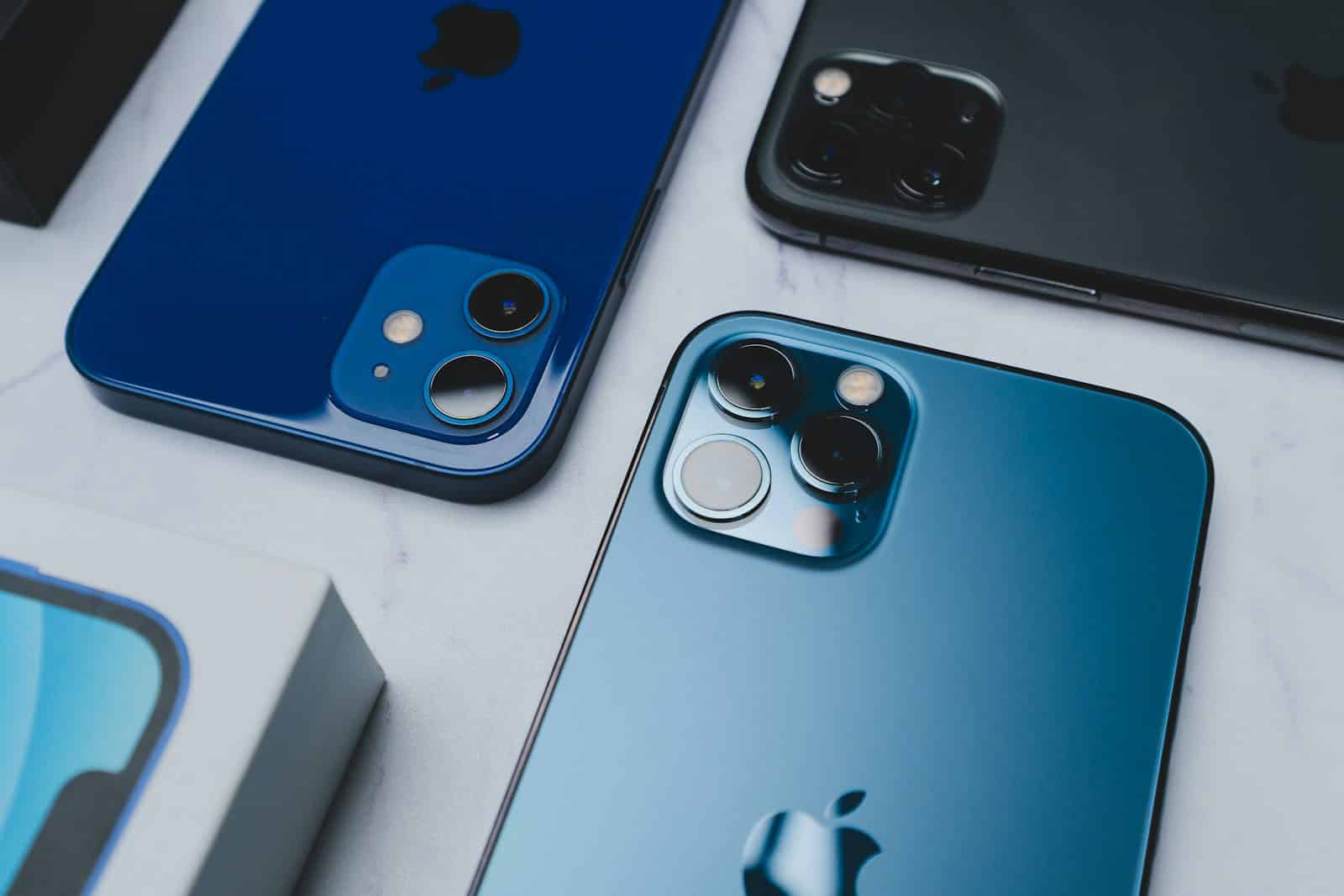Emulating an iPhone on a Mac opens up a world of possibilities for users and developers. This process allows Mac users to operate iPhone apps on their macOS systems, which can be particularly useful for app development or for running applications exclusive to the iOS platform. Apple’s ecosystem supports this functionality, offering developers tools to create a seamless experience across devices.
For those looking to test iPhone applications without the physical hardware, an emulator is a key tool. It simulates an iOS environment within macOS, granting access to iPhone apps and features. Setting up an emulator can range from simple solutions like utilizing Apple’s own Xcode, which integrates an iOS simulator, to third-party options that cater to more specific needs or offer additional features.
1. Install Xcode
- Open the Mac App Store.
- Search for Xcode.
- Click Get → Install (it’s free but large, so it may take time).
👉 Xcode includes the iOS Simulator by default (source: Apple Developer).
2. Launch the iOS Simulator
- Once Xcode is installed, open it.
- From the top menu, go to:
Xcode → Settings → Platforms (or Preferences in older versions). - Make sure iOS Simulator is installed.
- Open the Simulator directly by searching Simulator in Spotlight (Cmd + Space → type “Simulator”).
3. Choose Your iPhone Model
- In the Simulator, go to the menu:
Device → iOS → iPhone [Model] (e.g., iPhone 15, iPhone SE). - The emulator will load a virtual iPhone screen.
4. Run an App in the Emulator
- If you’re testing your own app:
- Open your project in Xcode.
- Select the target device (e.g., iPhone 15 Pro [Simulator]).
- Click Run (▶) to launch it.
- If you just want to explore the simulator:
- Use the pre-installed Safari browser.
- Simulate gestures like swipe, rotate, and home button.
5. Test Features
The iOS Simulator can mimic many iPhone features:
- Rotate the screen (Cmd + Left/Right Arrow).
- Simulate incoming calls, text messages, or location changes.
- Test different iOS versions (downloadable from Xcode settings).
6. Alternative: Run iOS Apps on Mac (Non-Developers)
If you’re not coding but want to run iOS apps:
- On Apple Silicon Macs (M1/M2/M3), you can install some iPhone/iPad apps directly from the Mac App Store.
- For apps not available, tools like PlayCover can wrap iOS apps to run on macOS (source: MacHow2).
Quick Troubleshooting
- Simulator not opening? Make sure you installed the latest Xcode.
- App not running? Check that the correct iOS version is installed in Xcode.
- Performance issues? Close other apps—simulators use a lot of memory.
✅ That’s it! You now know how to emulate an iPhone on your Mac, whether for app development or just testing.
Key Takeaways
- Mac users can operate iPhone apps on macOS through emulation.
- Emulators aid in app development and testing without an iPhone.
- Apple’s Xcode provides an integrated emulation solution for developers.
Understanding iPhone Emulation on Mac
Emulating iPhone apps on a Mac involves using software to mimic iOS. This lets you run iOS apps as if you were using an actual iPhone. Here are key points about how this works on Mac computers.
Emulators Vs. Simulators
Emulators create an environment that acts like the original device software. They replicate the hardware and software behavior of an iPhone, allowing you to run iOS apps on a Mac. Simulators, however, do not mimic hardware. Instead, they model the iOS software environment. This approach is more about testing how an app may behave rather than an exact copy of running it on an actual device.
Compatibility with Mac Hardware
The compatibility of an emulator with Mac hardware is vital. With Macs turning to Apple Silicon, such as the M1 and M2 processors, the efficiency and performance of emulation improve. For instance, these processors handle tasks quickly, making them great for emulation. Older Macs, like those with Intel processors, may face challenges in running emulators smoothly.
Legal and Privacy Considerations
When using emulators, you must consider legality and privacy. Apple’s privacy policy is strict, and bypassing app restrictions can lead to concerns. Users should respect copyright laws when accessing games or apps through emulators. It’s also essential to understand that interactions within emulators may not be covered by the same protections you have on actual Apple devices.
Setting Up an iPhone Emulator on macOS
To emulate an iPhone on a Mac, developers need the right tools and software. This ensures a smooth process for testing apps in a simulated iPhone environment.
Installing Xcode and Simulator
Developers must download Xcode from the Mac App Store to get started. Xcode provides a development environment for macOS, including the iOS Simulator for iPhone and iPad apps. After installing Xcode, developers can access the simulator within the Xcode toolset. They simply select the desired device from within Xcode and start the simulator through the ‘Run’ command.
Using Third-Party Emulators
While Xcode’s iOS Simulator is effective, some developers may seek additional features. Tools like iPadian or Appetize.io offer different perks. iPadian simulates the iPad experience on a Mac, and it’s not free. Appetize.io allows for a web-based iOS simulator experience, useful for those who want to test without installing software.
Accessing App Store Applications
To test specific App Store applications, developers can use Xcode and TestFlight for beta testing. Sideloading apps onto the simulator is not straightforward as it’s meant for development purposes. For a wider range of apps, third-party emulators might provide an easier option, albeit with limitations on the true iOS experience compared to a physical device’s capabilities.







